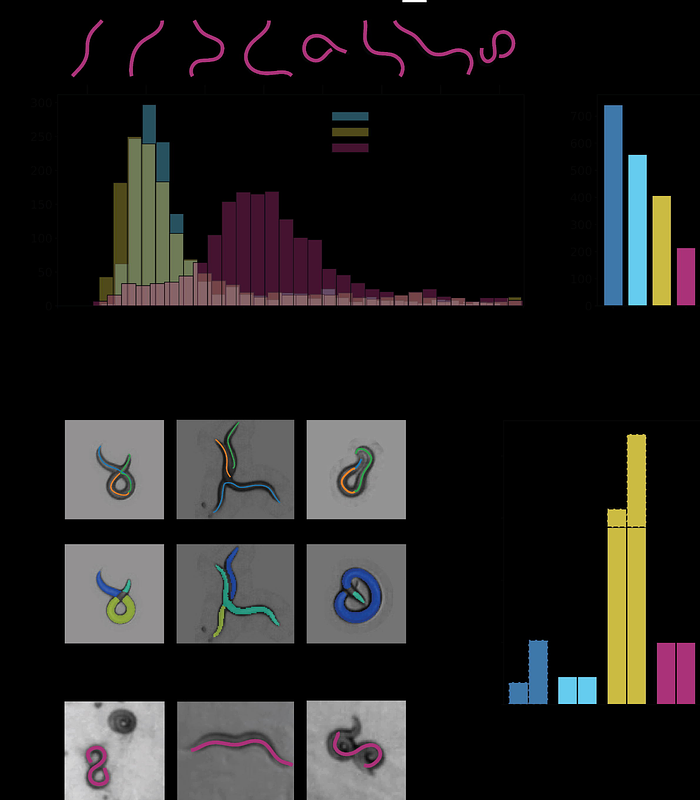An improved neural network model enables worm tracking in challenging conditions and increases signal-to-noise ratio in phenotypic screens

An improved neural network model enables worm tracking in challenging conditions and increases signal-to-noise ratio in phenotypic screens
Weheliye, W. H.; Rodriguez, J.; Feriani, L.; Javer, A.; Brown, A.
AbstractHigh-resolution posture tracking of C. elegans has applications in genetics, neuroscience, and drug screening. While classic methods can reliably track isolated worms on uniform backgrounds, they fail when worms overlap, coil, or move in complex environments. Model-based tracking and deep learning approaches have addressed these issues to an extent, but there is still significant room for improvement in tracking crawling worms. Here we train a version of the DeepTangle algorithm developed for swimming worms using a combination of data derived from Tierpsy tracker and hand-annotated data for more difficult cases. DeepTangleCrawl (DTC) outperforms existing methods, reducing failure rates and producing more continuous, gap-free worm trajectories that are less likely to be interrupted by collisions between worms or self-intersecting postures (coils). We show that DTC enables the analysis of previously inaccessible behaviours and increases the signal-to-noise ratio in phenotypic screens, even for data that was specifically collected to be compatible with legacy trackers including low worm density and thin bacterial lawns. DTC broadens the applicability of high-throughput worm imaging to more complex behaviours that involve worm-worm interactions and more naturalistic environments including thicker bacterial lawns.